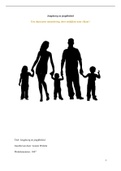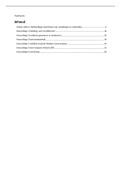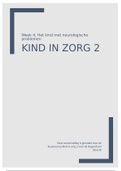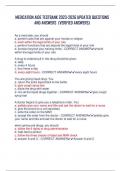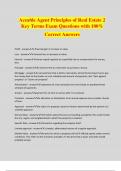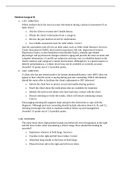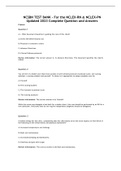Prüfung
Human Physiology: From Cells to Systems 9th Edition by Lauralee Sherwood TEST BANK
- Kurs
- Hochschule
- Book
TEST BANK for Human Physiology: From Cells to Systems 9th Edition by Lauralee Sherwood TABLE OF CONTENTS 1. Introduction to Physiology and Homeostasis. 2. Cell Physiology. 3. The Plasma Membrane and Membrane Potential. 4. Principles of Neural and Hormonal Communication. 5. The Central Nerv...
[ Mehr anzeigen ]





